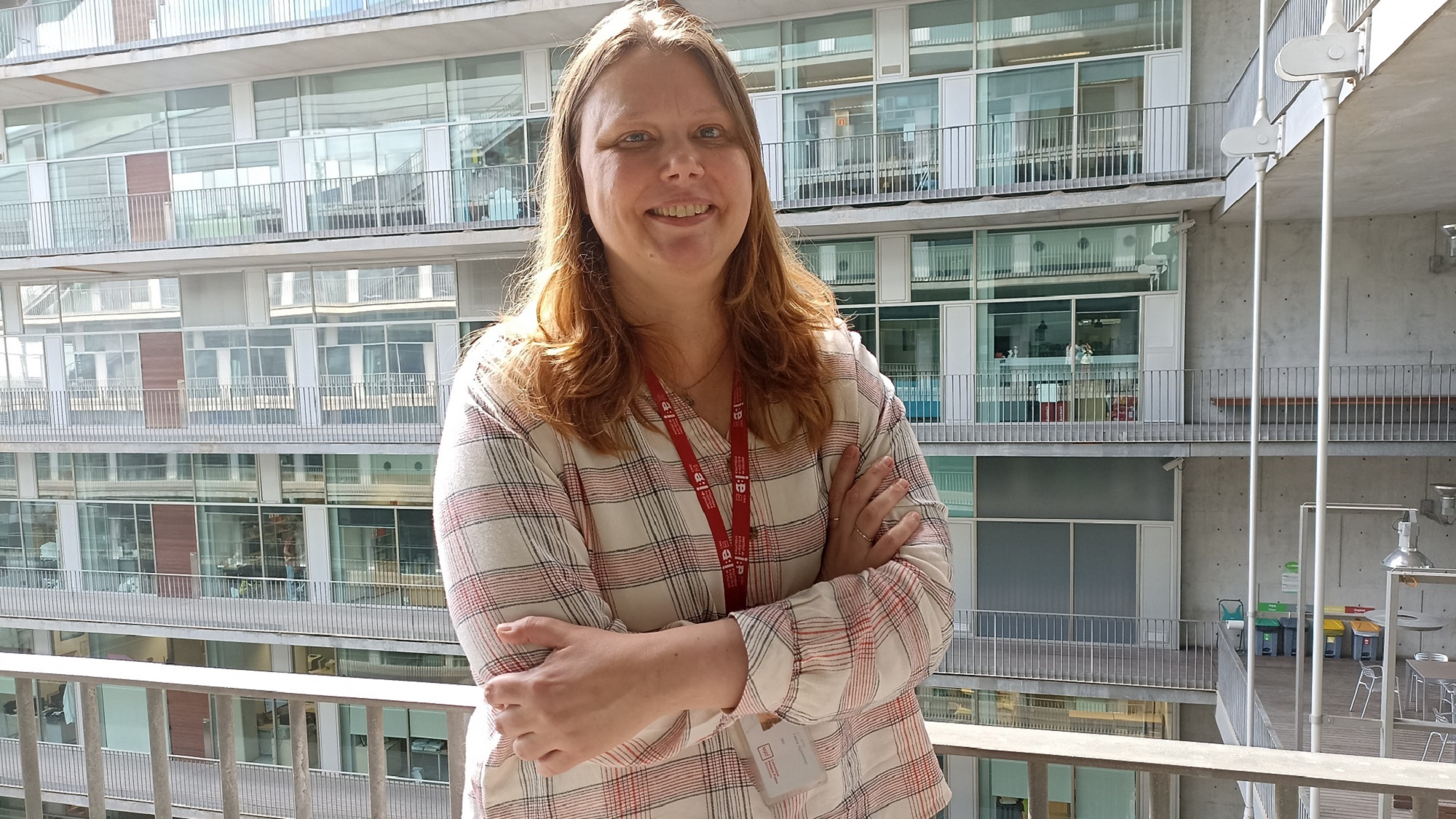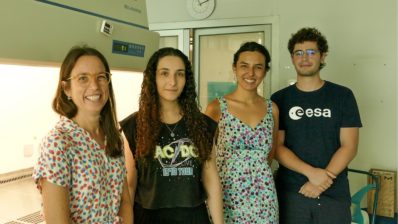Chagas disease affects approximately 6 million people in Latin America alone, and is one of the leading causes of death in the region. A new study has identified genetic variants that may present resistance to the disease. The discovery resulted from a large study that sought to understand the demographic history of populations in the Amazon.
We spoked to Tábita Hunemeier, researcher at the Institute of Evolutionary Biology (IBE: CSIC-UPF) and the University of Sao Paulo in Brazil, about this work and her research.
Your group is dedicated to the genetic study of different indigenous populations…
Indeed. Each population has a different evolutionary history, which contributes a lot to the knowledge of the history of humanity. But even if we don’t want to think in evolutionary terms, but in medical terms, in the end, the current population is very mixed: there are a lot of Latinos living in the US, Africans living in Europe, Asians living in America… However, right now 90% of the genetic and genomic data we have are from Europeans (who represent only 5-10% of the world’s population). That means that at the medical and pharmaceutical level, everything we generate is for the few people of European origin – those who can afford it… We need to invest more in diversity.
90% of the genetic and genomic data we have is from Europeans, even though they represent less than 10% of the world’s population.
Why are Native American populations interesting from an evolutionary point of view?
The settlement of the Americas has been very complex. About 15,000 years ago, a group of early Americans entered from the northwest, after being isolated in Beringia for 10,000 years, and in 2,000 years they populated the whole of the Americas, which is huge. This group of individuals had to adapt to many different ecosystems, and it is interesting to study these adaptations at the genetic level.
In addition, these communities have experienced many population reductions – which means that the population size has been dramatically reduced (and therefore the genetic variability as well) several times. First, with the entry into the Americas, then with the entry into South America, and the third, the largest, with the European invasion 500 years ago, which killed 90% or in some regions 98% of the indigenous population.
I have previously studied populations in the Andes and Mesoamerica. In this study we have studied populations in Amazonia.
What makes the Amazon different and what have you found in this study?
It’s a very harsh environment. It’s a very closed jungle, with a lot of pathogens, it’s not easy to get food… I’ve been there three times, and I really don’t know how they can survive there! We believe that these conditions cause them to have a different genetic profile.
For example, in tropical rainforests in Asia and Africa, populations have been found to have adaptations at the cardiovascular and stature level (e.g. short stature is ‘economical’ at the physiological level). In Amazonian populations, we found these same adaptations.
But in addition, we saw three genes related to the immune system’s response to protozoa (and specifically to Trypanosomas cruzi), which have a specific variant with a very high frequency in these populations; up to 85%, while only 20% of the population in the rest of Latin America has it.
What is so special about this?
T. cruzi is the cause of Chagas disease, a disease with a 40% mortality rate, endemic throughout Latin America – although now also present in other continents due to migration. It is linked to low socio-economic conditions, as the organism that transmits it (Barbeiro in Portuguese, or Vinchuca in Spanish) nests in mud houses.
However, these Amazonian populations suffer practically no disease, despite the fact that the jungle is plagued by the parasite and the bug that transmits it. The fact that they have these specific variants made us think that perhaps they are related to this resistance.
To confirm this, we did functional studies with heart cells, which are the cells that T. cruzi attacks, in culture. Some of these cells had the Amazon variant of one of the genes, and others the general population variant. We infected them with Tripanosomas and the cells with the Amazon variant were more resistant to infection, supporting our hypothesis.
Can this new knowledge about these genes involved in the Chagas response help in the fight against the disease?
I think so! It helps to change the way we study the disease, because it shows that it is not just an ‘environmental’, external disease that depends only on the infecting organism. There are also internal factors that make some people more resistant than others, or that make them more mildly ill (i.e. they don’t die).
We found three genes, but there is probably a whole network of genes involved, and now we need to understand how they work. This is the first clue.
It is also the first example in America of parasite-driven evolution – as has been seen before in Africa with malaria, or in Europe with the Black Death.
We have found the first example in America of parasite-driven evolution.
What is the next step?
I now want to study other types of pandemics in the Amazon and the Americas, but I have been contacted by several people, clinicians, to see if we can collaborate. I’m a population geneticist, it’s not my speciality – in fact the functional part of our study was done by a colleague at Harvard, where they had labs with the necessary permission to study infectious parasites. But if I can contribute some of my knowledge to help the clinical or functional part, of course I will.
How difficult is it to get the cooperation of these indigenous communities to donate samples?
It is complicated due to several aspects. On the one hand, many do not speak Portuguese, and although we have local people who help us translate, it is an added difficulty. But also, the indigenous people don’t trust anyone who is not indigenous; and rightly so! For example, a couple of years ago someone stole samples from them: they promised them they would cure them of malaria, but they took them to America and sold them in France and elsewhere (until 2010 you could sell samples, now you can’t). And all the indigenous people know that story… so they are suspicious.
Also, indigenous people are only just starting to get to university – I for example have now an indigenous student in my group, but until now they have been very isolated.
However, they have a very strong idea of ancestry, so in a way it’s a bit easier to talk to them about these evolutionary studies, about their ancestors, and so on. But always making sure that what we are going to find is not going to be something that will go or be used against their beliefs. This is very important.
And do you give back to the community what you have found?
We try to do a lot of outreach. Now, with some students, we are working on a book with all the discoveries and conclusions made in the last few years through genetics about these populations; things that might be of interest to them. And we want to translate it into some of the local languages. It is also not easy to make this return and go and explain things to people who are separated by perhaps 4.000km of jungle… I will go and give the results directly to the two populations where I went to collect samples, but for other villages we do it through associations of indigenous peoples, who know better than we do how to transmit the information.







